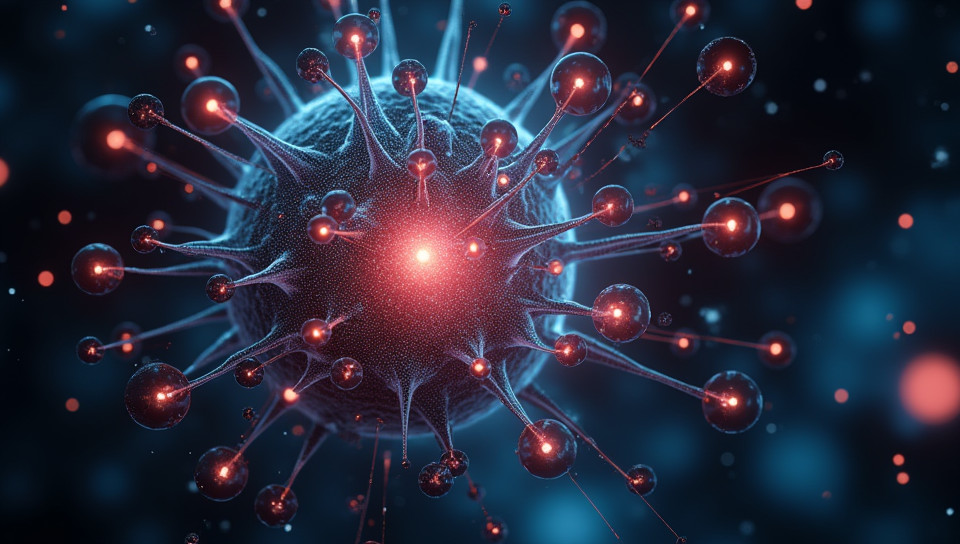Quantum error correction is a significant development challenge 83%

The Quantum Conundrum: Error Correction as a Development Challenge
As we navigate the uncharted territories of quantum computing, a pressing concern emerges: the problem of error correction. Like a ticking time bomb, errors in quantum systems can quickly escalate and render even the most powerful calculations meaningless. The fragility of qubits and the inherent noise present in quantum processes make it a significant hurdle to overcome.
What is Quantum Error Correction?
Quantum error correction refers to the set of techniques used to detect and correct errors that occur during quantum computations. This process involves encoding information into multiple qubits, allowing for the detection of errors through redundancy. By distributing the information across multiple qubits, errors can be corrected by comparing the different qubit states.
The Challenges of Quantum Error Correction
Several challenges make quantum error correction a daunting task:
- High noise rates: Quantum systems are prone to decoherence and other forms of noise that can cause errors.
- Complexity: Quantum error correction codes require complex algorithms and control mechanisms to function effectively.
- Scalability: As the number of qubits increases, so does the complexity of error correction, making it harder to maintain reliability.
Why is Quantum Error Correction So Difficult?
The difficulties surrounding quantum error correction can be attributed to several factors:
- Quantum noise: The inherent randomness and uncertainty in quantum systems make it challenging to predict and correct errors.
- Limited control: Maintaining precise control over qubits as they interact with their environment is a significant challenge.
- Complexity of codes: Quantum error correction codes require sophisticated mathematical structures, which are difficult to implement and maintain.
A Glimmer of Hope
Researchers and scientists continue to explore new approaches to quantum error correction. Some promising areas of study include:
- Topological quantum computing
- Quantum error correction with machine learning
- Advanced materials for improved qubit stability
While significant challenges remain, the progress being made in these areas offers a glimmer of hope for overcoming the difficulties associated with quantum error correction.
Conclusion
Quantum error correction is indeed a significant development challenge. However, by understanding the complexities and limitations involved, researchers can continue to push the boundaries of what is possible. As scientists and engineers work together to overcome this hurdle, we may soon see the advent of practical, reliable quantum computers that unlock new possibilities for scientific discovery and innovation.
- Created by: Matteo Schulz
- Created at: Aug. 17, 2024, 1:16 a.m.
- ID: 7538




